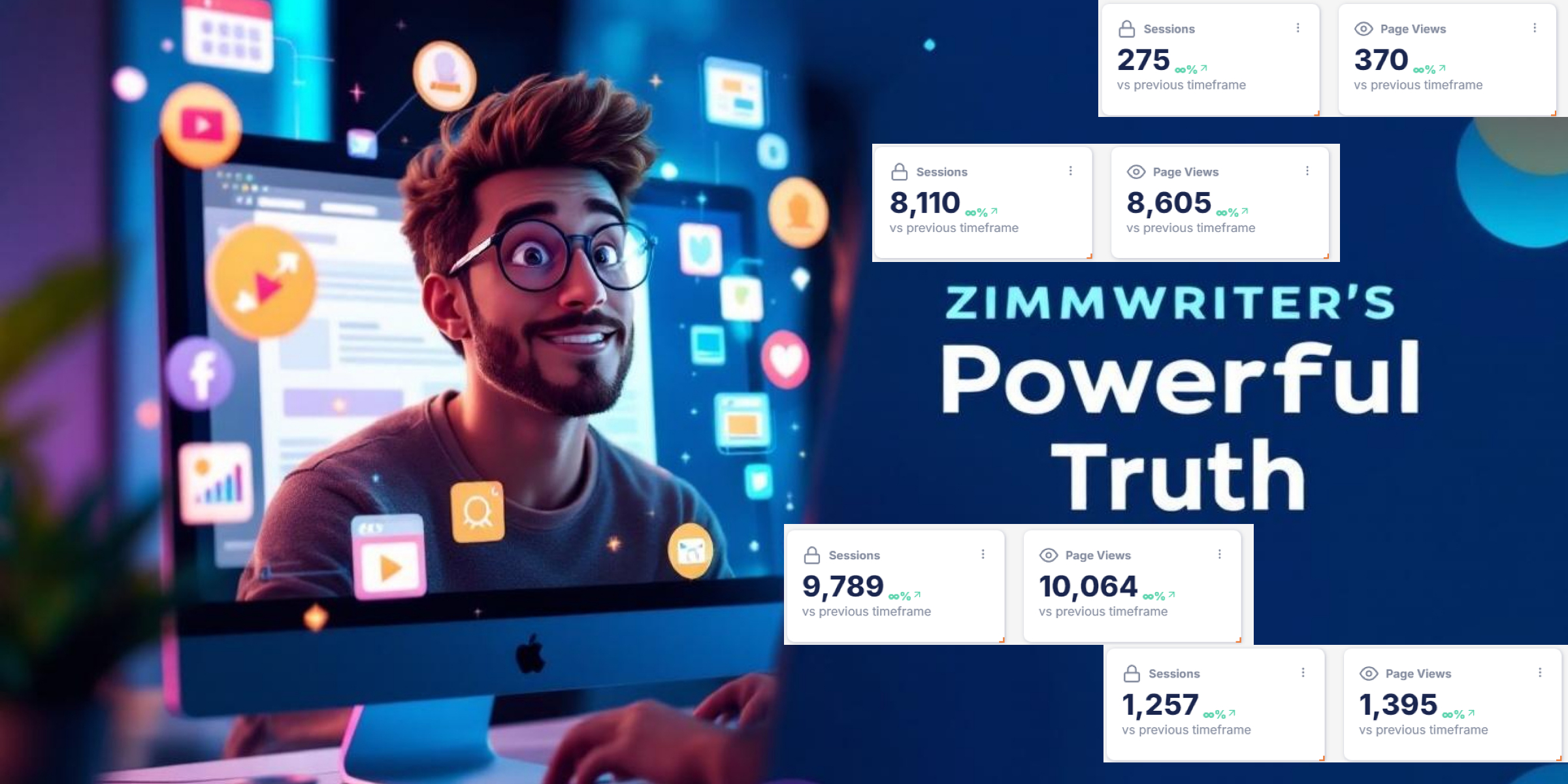OpenAI’s shift to an open-weights model marks a dramatic departure from their closed-source approach. You’ll see this change competing directly with Meta’s Llama models while democratizing access to advanced AI capabilities. The model offers weights without source code, focusing on reasoning capabilities and multilingual support. This strategic pivot allows developers to customize AI for specific tasks without building from scratch, potentially reducing costs for smaller companies. Further exploration will reveal how this move reshapes the competitive AI landscape.

While OpenAI has traditionally kept its AI models closed-source, the company recently announced plans to release an open-weights model in the coming months. This strategic shift represents a significant departure from their previous approach and puts them in direct competition with Meta’s Llama models and other open-source alternatives.
OpenAI pivots toward openness, challenging Meta’s Llama with its first open-weights model release.
You’ll soon have access to a model that provides the trained weights but not the source code or detailed architecture. This middle-ground approach offers more transparency than fully closed models while maintaining some proprietary elements. The decision wasn’t made in isolation but comes amid growing market pressure from companies like DeepSeek that have already embraced openness. CEO Sam Altman acknowledged that OpenAI may have been on the wrong side of history regarding their previous stance on open sourcing.
The new model focuses on advanced reasoning capabilities, including multi-step problem-solving. It outperforms previous models across various domains such as competitive programming and science subjects. You’ll also benefit from its multilingual support, which enables cross-cultural reasoning and expands its utility globally.
For developers and businesses, this move creates exciting opportunities. You can modify the model for specific tasks without needing to rebuild from scratch. This customization potential makes it especially valuable for sensitive use cases where proprietary data is involved. It’s also more cost-effective than developing entirely new models.
OpenAI isn’t rushing this release, though. The company is conducting extensive safety testing and using its Preparedness Framework to mitigate risks. They’re particularly focused on preventing misuse and studying the unique challenges of adversarial fine-tuning in open-weight models.
Developer feedback will play an essential role in refining the model before its public release. CEO Sam Altman made the initial announcement via Twitter, inviting the AI community to participate in the development process. OpenAI has planned several developer events to gather input and improve the model’s utility.
This strategic shift toward greater openness could democratize access to advanced AI capabilities. Smaller companies and individual developers will be able to build upon OpenAI’s foundation, potentially spurring a new wave of innovation across the AI landscape. The move signals a significant evolution in how AI leaders approach model sharing and collaboration.
Frequently Asked Questions
How Will Open-Weights Models Affect AI Safety Concerns?
Open-weights models present dual implications for AI safety.
You’ll find they increase customization flexibility, enabling innovation but also creating misuse risks. They require robust monitoring systems and collaborative risk assessment frameworks.
You’ll need to balance technological advancement with proper safety protocols. As these models allow broader access, you must implement continuous evaluation processes and adaptive governance approaches.
The tradeoff between innovation and safety remains central to managing potential threats while maximizing benefits.
What Are Competitors’ Responses to Openai’s Open-Weights Strategy?
Competitors have taken varying positions on OpenAI’s open-weights strategy.
Meta continues to champion full open-source models, with Mark Zuckerberg explicitly stating that open-source is the right path forward.
DeepSeek maintains its cost-effective open-source approach, which has successfully rivaled OpenAI’s capabilities at lower costs.
You’ll notice these companies emphasize transparency and customization benefits of their fully open-source models, positioning their approach as more conducive to innovation and community engagement than OpenAI’s more limited open-weights stance.
Will Open-Weights Models Increase or Decrease Computational Costs?
Open-weights models will likely create both cost increases and decreases for you.
Initially, you’ll face higher upfront investments in hardware and expertise to deploy these models. However, you’ll save money long-term through reduced cloud service fees and more efficient customization processes.
Your computational costs will ultimately depend on your specific needs, scale of operations, and implementation strategy.
As technology advances and competition increases, you’ll likely see overall computational costs decrease over time.
How Might Open-Weights Impact Developing Nations’ AI Capabilities?
Open-weights models can greatly enhance developing nations’ AI capabilities by reducing financial barriers.
You’ll benefit from lower licensing costs and infrastructure requirements, enabling local deployment without expensive cloud APIs.
These models allow you to customize AI for regional needs without data leakage, while fostering skill development and research opportunities within your communities.
However, you’ll still need to address challenges like technical expertise requirements and potential safety risks when implementing these accessible AI solutions.
Can Individual Developers Meaningfully Contribute to Open-Weights Models?
Yes, you can meaningfully contribute to open-weights models, but it requires specific resources and knowledge.
You’ll need substantial computational power and expertise in AI to effectively adjust model weights. While technically challenging, your contributions could help customize models for particular industries or tasks.
OpenAI actively encourages developer feedback to improve their models. Remember that improper modifications may reduce performance, so a strong understanding of model architecture is essential.





